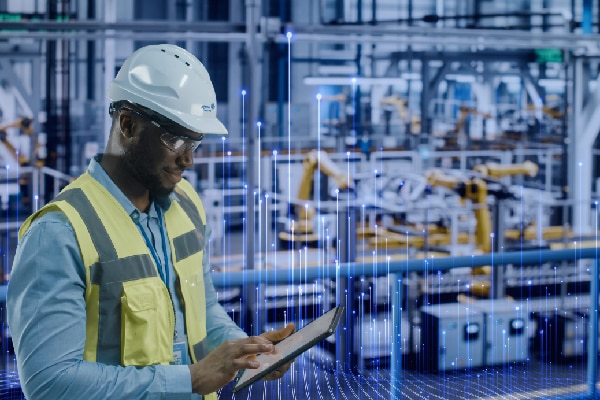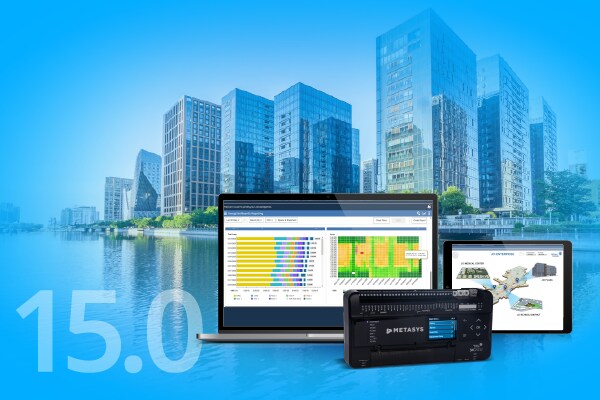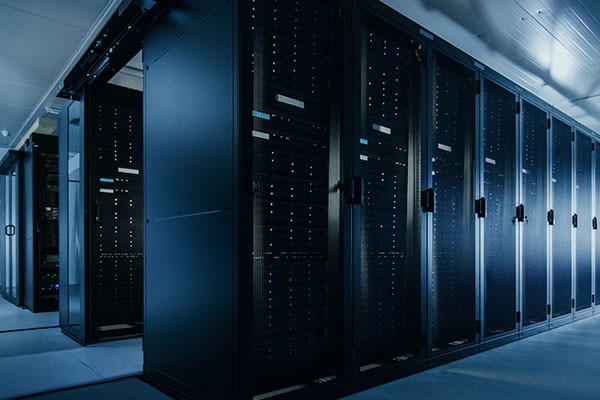What Is Integrated Building Automation?
In today's rapidly advancing technological world, businesses and facility owners need innovative solutions to optimise operations, reduce costs, and enhance occupant experiences. One of the key technologies driving this transformation is integrated building automation.
This cutting-edge system combines various building control systems into a unified platform, offering seamless monitoring, control and management. But what specifically is building automation, and what benefits does it bring to modern facilities?
Understanding Integrated Building Automation
Integrated building automation refers to multiple building control systems being merged into one central management platform, including:
- Commercial HVAC
- Lighting
- Security
- Fire Detection
This integration allows these systems to communicate and share data in real-time, leading to intelligent decision-making and better coordination and allocation of resources.
How Integrated Building Automation Works
A sophisticated building automation system (BAS) is at the heart of integrated building automation.
This system acts as the brain, connecting various systems and devices throughout your facility. Sensors, actuators, controllers, and software work in harmony to collect occupancy and environment data, analyse it, and execute automated actions based on predefined rules and user preferences.
The result is an intelligent ecosystem of building operations that work to keep your occupants safe and comfortable automatically.
Key Components Of Integrated Building Automation
Sensors
Sensors play a crucial role in gathering data about the building's environment, occupancy, and energy usage. These data points are essential for the system to make informed decisions and adjustments.
Controllers
Controllers serve as the command centre, interpreting sensor data and executing commands to optimise system performance. Controllers ensure that building automation systems work together seamlessly.
Software
Software applications are responsible for data analysis, generating reports, and enabling remote access and control. The software empowers facility managers and owners to monitor and manage building operations in real-time so that they can get back to focusing on other tasks.
Benefits Of Integrated Building Automation
Enhanced Energy Efficiency
By integrating building automation systems, automated controls can optimise energy consumption based on real-time demand, reducing waste and lowering utility bills. This helps you work towards a more sustainable facility, allowing your building to contribute towards the UK’s net zero targets.
Improved Comfort And Occupant Experience
Integrated building automation ensures a comfortable environment by adjusting lighting, temperature, and ventilation according to occupancy and user preferences.
Streamlined Operations
Centralised monitoring and control allow facility managers to identify and address issues promptly, improving maintenance efficiency and reducing downtime.
Increased Safety and Security
Integrated systems enhance security measures, detecting potential threats and responding rapidly to protect occupants and assets.
Cost Savings
Efficient energy usage, reduced maintenance expenses, and improved equipment performance lead to significant cost savings over time, thanks to an integrated building automation system.
The seamless coordination and data-driven decision-making of integrated building automation systems provide a future-proof solution for today's smart buildings.
To embrace the power of integrated building automation and experience the transformative benefits it brings to your facility, contact one of our smart building automation experts using the form below.



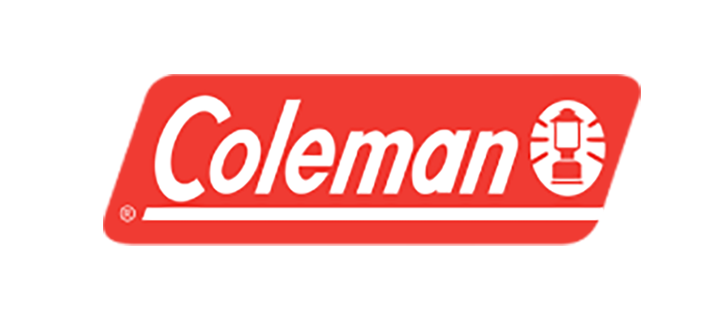


















.jpg?la=en&h=320&w=720&hash=244C75B74F0F77521D56164450973BCD)

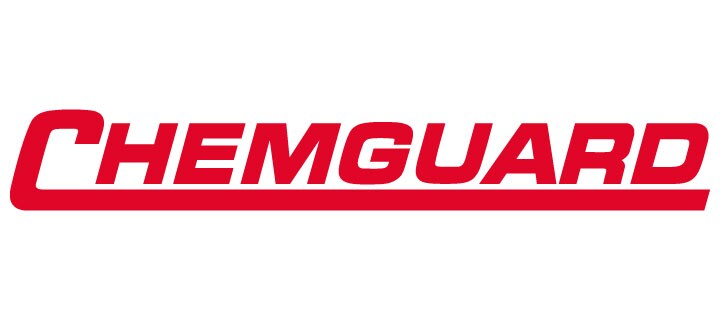
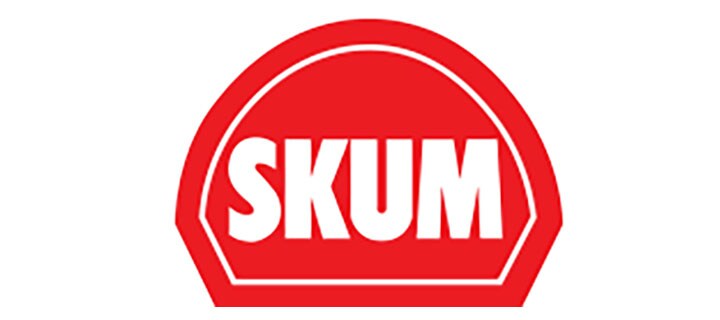



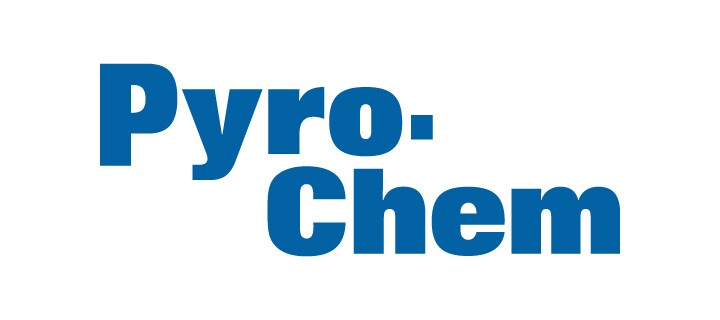







.jpg?la=en&h=310&w=720&hash=8D9823F26AA80B2B75C3E4B2E61770DC)


.jpg?la=en&h=320&w=719&hash=13CA7E4AA3E453809B6726B561F2F4DD)
.jpg?la=en&h=306&w=720&hash=F21A7CD3C49EFBF4D41F00691D09AEAC)

.png?la=en&h=320&w=720&hash=18CFCCD916C92D922F600511FABD775D)












